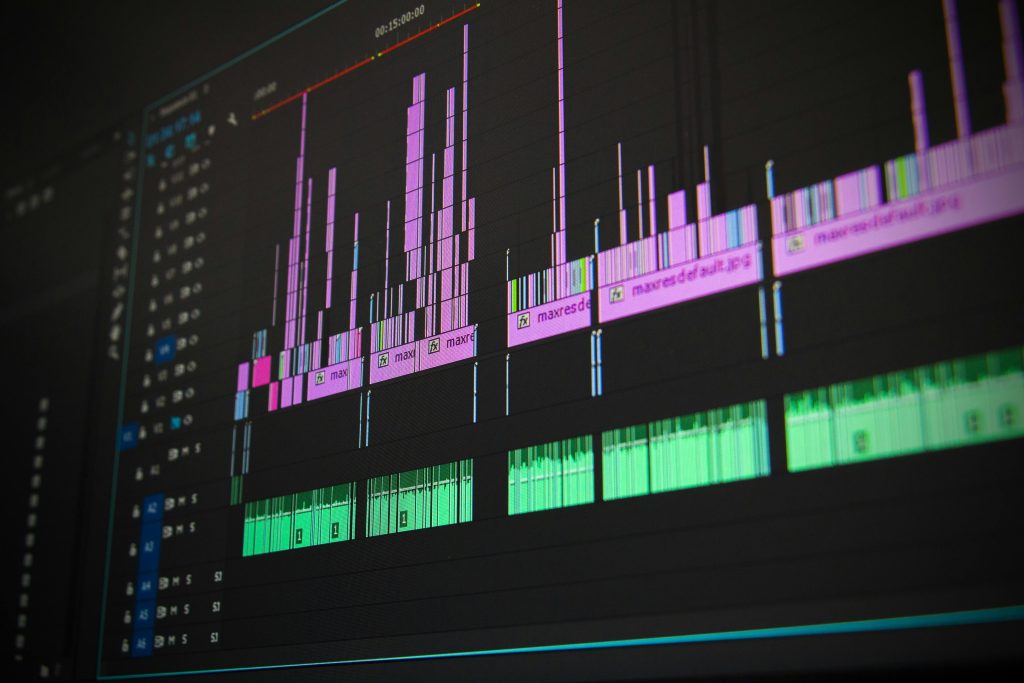Addressing Audio Disruptions During Full-Screen Video Playback: Troubleshooting Tips for Multi-Monitor Setups
Encountering audio issues while viewing videos in full-screen mode can be increasingly frustrating, especially when using multiple monitors for different purposes. Many users with multi-monitor setups, particularly those involving display-connected TVs, may experience audio cutouts during full-screen video playback on secondary displays. This article explores common causes of such issues and provides practical troubleshooting steps to help resolve them.
Understanding the Scenario
Let’s consider a typical setup where a user employs two monitors, both connected via DisplayPort to a single PC. The primary monitor (Monitor 1) serves as the main workspace, while the secondary monitor (Monitor 2), configured as a TV, is dedicated solely to media consumption—streaming YouTube videos, watching movies, or other media content. The user prefers audio output from Monitor 2, which is configured as the default sound device.
Problem Overview
A frequent issue reported is that when watching videos on the secondary monitor in full-screen mode, the audio suddenly ceases, despite working perfectly in windowed mode. Interestingly, this problem appears isolated to Monitor 2; switching the same activities to Monitor 1 results in normal audio performance. The problem has persisted for several months, and standard troubleshooting steps such as replacing HDMI cables, swapping DisplayPorts, updating, and reinstalling drivers have yet to resolve the issue.
Common Causes and Potential Solutions
-
Audio Output and Device Configuration
-
Default Playback Device: Ensure that the correct audio output device is set as default when using Monitor 2. Sometimes, Windows may switch audio outputs dynamically, especially when multiple devices are involved.
-
Exclusive Mode Settings: Verify in Sound Settings that “Allow applications to take exclusive control of this device” is unchecked. This prevents applications from monopolizing the audio device, which can cause conflicts during full-screen playback.
-
Display and Video Playback Settings
-
Graphics Driver Updates: Keep your graphics card drivers up to date, as driver conflicts can affect both video and audio synchronization.
-
Monitor Configuration: Check the display settings to ensure that the resolution and refresh rate are compatible with your hardware and media content.
-
Audio Playback Software Settings
-
Application-specific settings: Some media players (VLC, Windows Media Player) have their own audio output configurations. Ensure they are set to output using the correct device.
- Video Player Hardware Acceleration: Disable
Share this content:



